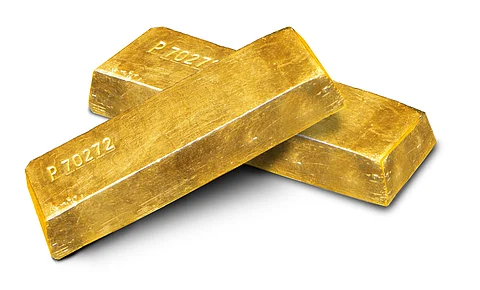

Gold has surpassed the euro to become the second-largest reserve asset held by central banks worldwide, according to a report published Wednesday by the European Central Bank (ECB). The shift reflects growing global efforts by monetary authorities to diversify reserves amid geopolitical uncertainty and financial realignment.
The ECB report states that gold now represents 20% of global reserve assets, overtaking the euro’s share, which stands at 16%. As recently as 2023, both assets held roughly equal weight at about 17%. However, a sharp rise in gold prices this year—along with accelerating diversification away from traditional Western currencies—has pushed gold decisively ahead.
The report also notes that central banks have added more than twice the average annual volume of gold reserves seen over the past decade, signaling a sustained shift in strategy.
Beyond price movement, the trend is being fueled by broader geopolitical and structural developments. The report highlights growing global interest in developing alternative payment systems to those established in the post-World War II era. Countries are increasingly seeking to reduce reliance on the U.S. dollar and euro in response to political and financial risks associated with Western-controlled systems.
The movement is particularly evident among BRICS nations and other emerging economies, many of which have begun conducting trade in their own national currencies. Sanctions levied by the West on countries such as Russia and Iran have also accelerated the push for financial alternatives, as governments attempt to insulate themselves from asset freezes and access restrictions.
Since 2010, the United States and allied countries have frozen the reserves and overseas assets of several states, including Libya, Venezuela, Afghanistan, and Russia. Iran’s central bank assets were seized even earlier. In response, countries like China, India, Turkey, and Russia have increasingly repatriated foreign-held reserves—particularly those kept in Western banks—amid concerns about potential future seizures.
These developments are reshaping the global monetary landscape, with gold now firmly established as a strategic hedge against both currency volatility and geopolitical risk.